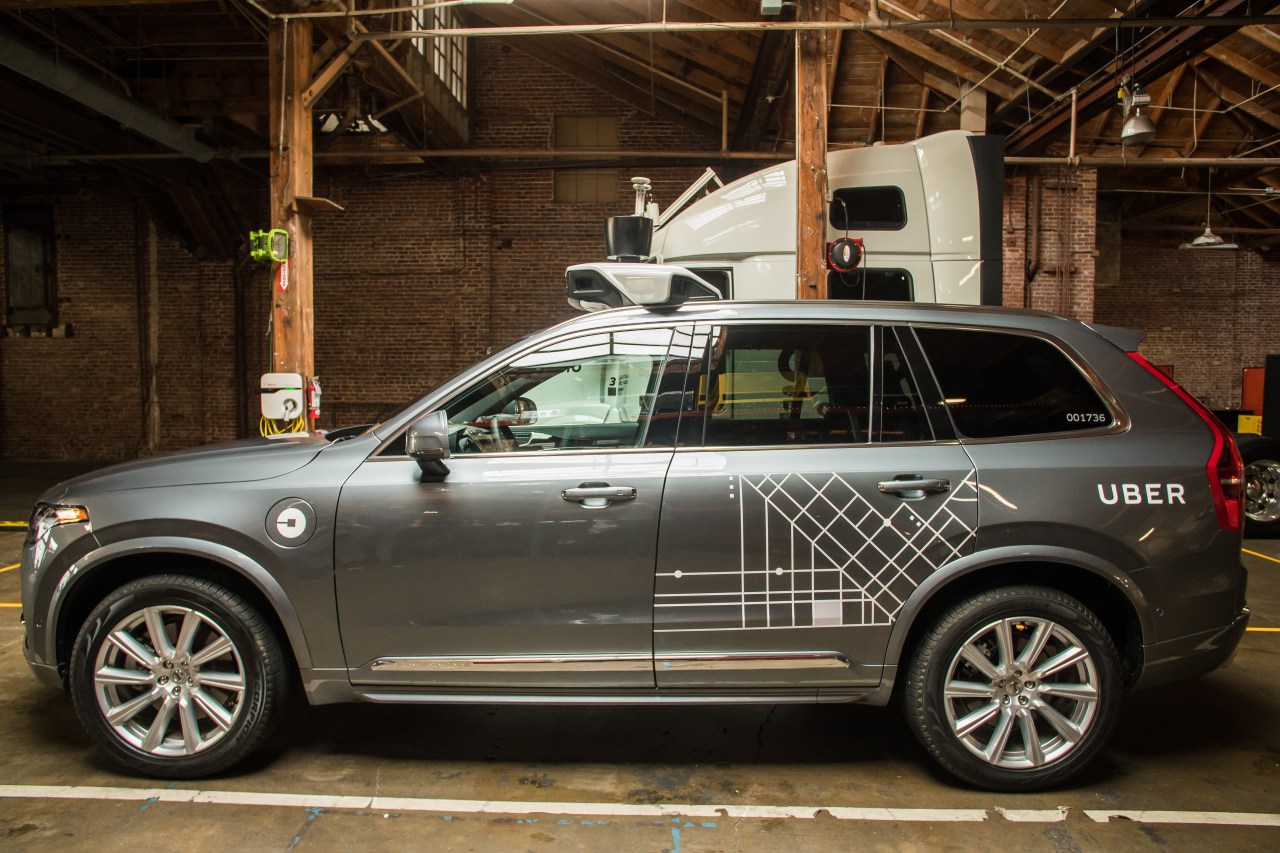In the world of autonomous driving, the potential for human-like perception and decision-making presents both excitement and peril. A tragic incident in 2018, involving an Uber self-driving car that struck and killed a pedestrian, raised serious questions about the technology’s limitations and highlighted the critical need for robust software systems. As we delve into this case, it serves as a poignant reminder of the impacts that technology can have on real lives.
The Incident that Shook the Industry
On a fateful night, Elaine Herzberg was crossing the street when she was hit by an Uber autonomous vehicle. The car, equipped with an array of advanced sensors including lidar and multiple cameras, failed to detect her presence in time to prevent the collision. Alarmingly, it neither braked nor issued any warning. The investigation that followed pointed towards a crucial software oversight. According to reports, the car’s system was set to ignore certain objects, and tragically, Herzberg’s presence was processed as a false positive.
Understanding the Technology
Autonomous vehicles are designed to perceive their surroundings using a complex network of sensors and algorithms. These vehicles possess the capability to process vast amounts of data, enabling them to ‘see’ in ways surpassing human capability—such as operating effectively in complete darkness. However, the real challenge lies not in their ability to detect obstacles, but in their ‘brain’—the central processing unit that interprets sensor data and makes decisions based on that interpretation.
Components of Autonomous Decision-Making
- Lidar: Utilizes laser beams to measure distances and detect objects, crucial for environment mapping.
- Object Recognition: Software algorithms that identify pedestrians, vehicles, and other elements on the road.
- Radar: Provides real-time monitoring of movement patterns and speeds around the vehicle.
- Central Processing Unit: Integrates data from all sensors, creating a comprehensible view of the environment in order to make quick decisions.
The Critical Software Flaw
While the technology behind self-driving cars is often touted as groundbreaking, this incident unveiled a significant vulnerability within Uber’s software systems. By misclassifying Herzberg as a non-threat, the car’s operational protocol circumvented its ability to engage emergency measures. This raises an important question: how can developers ensure these systems correctly interpret data and make safe, effective decisions?
Industry Response
In the wake of the incident, Uber took a step back to conduct a comprehensive safety review of its autonomous vehicle program. The company’s expertise was called into question, with former NTSB Chair Christopher Hart brought on board to advise on safety culture and protocols. Their response emphasizes a broader industry sentiment: that there is an urgent need to reform how autonomous systems are designed, tested, and deployed.
Looking Ahead: The Future of Autonomous Vehicles
The fatal collision did not just serve as a wake-up call for Uber; it was a critical juncture for the entire autonomous vehicle industry. As technology continues to evolve, developers must prioritize addressing the software flaws that can lead to tragic outcomes. Enhanced algorithms, rigorous testing practices, and safety-first design philosophies waylay the risks of similar incidents happening again.
Conclusion
As we forge ahead into an era dominated by self-driving technologies, it is imperative that stakeholders focus on developing systems characterized by precision, reliability, and human-centered safety. The lessons learned from incidents like the one involving Uber must compel innovators to prioritize ethical considerations alongside technological advancements. At fxis.ai, we believe that such advancements are crucial for the future of AI, as they enable more comprehensive and effective solutions. Our team is continually exploring new methodologies to push the envelope in artificial intelligence, ensuring that our clients benefit from the latest technological innovations.
For more insights, updates, or to collaborate on AI development projects, stay connected with fxis.ai.

